Solar trackers are technologies that maximise energy production by enabling solar panels to follow the sun in the most efficient way throughout the day. However, the performance of these systems is not limited to their mechanical and electronic structures; climatic conditions are also a factor directly affecting efficiency. Environmental factors such as the amount of solar radiation, air temperature, wind speed and cloudiness are among the important variables that determine the operating efficiency of solar tracking systems.
Especially in areas with intense sunshine, solar tracking systems can provide much higher energy production compared to stationary systems. However, extreme heat can degrade the performance of electronic components, while strong winds can challenge the mechanical durability of systems. Likewise, in areas with frequent cloud cover or long periods of fog, the advantage of tracking systems may be limited on less sunny days as the continuity of sunlight changes.
Therefore, solar tracking systems should be selected and optimised in accordance with the climatic conditions of the region in order to operate with maximum efficiency. A properly configured system can maximise energy production by tracking the movement of the sun in the best way, while minimising the negative effects of weather conditions. Consideration of climatic factors both extends the life of the system and accelerates the return on investment.
Advantages of Solar Tracking System According to Climate Conditions
Solar tracking systems aim to maximise energy production by adapting to regional climatic conditions. Compared to fixed systems, these systems, which follow the movement of the sun, ensure that the panels receive the highest level of radiation at all times of the day. However, climatic conditions can directly affect the performance of solar tracking systems. While these systems increase efficiency in regions with long sunshine hours, models with increased durability should be preferred in areas with high cloudiness or strong winds. Here are the advantages offered by solar tracking systems according to climatic conditions:
- Maximum Efficiency in High Insolation Zones
- Better Performance in Cloudy and Variable Weather
- Intelligent Movement Mechanism in Windy Areas
- Heat Resistance and Cooling Solutions Against Extreme Temperatures
- More Efficient Use in Winter with Low Sunlight
- Optimisation for Faster Return on Investment
- Adaptable Technology for Different Geographies
Solar tracking systems can be customised according to different climatic conditions and designed to offer the best performance. Smart sensors that work in accordance with weather conditions optimise production by capturing sunlight from the best angle. In this way, more energy is obtained even when the sun is low and the system is long-lasting. In order to take full advantage of the advantages of solar tracking systems, choosing a model suitable for the climatic characteristics of your region will make a big difference.
Energy Saving with Solar Tracking Systems
Solar energy is increasingly favoured as a sustainable and clean energy source. However, the efficiency of solar panels is directly related not only to the technology used, but also to how effectively they can capture sunlight. This is exactly where solar trackers come into play. These systems, which follow the movement of the sun throughout the day, enable maximum energy production by ensuring that the panels are positioned at the best angle at any time. Thus, it becomes possible to produce more energy with fewer panels and to save energy to a great extent.
While fixed panels offer the highest efficiency only at certain times of the day, solar tracking systems provide continuous maximum production by capturing sunlight at the most favourable angle. This allows the systems to operate more efficiently by minimising energy loss. Especially in large-scale solar energy projects, solar tracking systems can increase energy production by 25 to 40 per cent. Higher efficiency means that less space is needed and the return on investment period is shortened.
Solar tracking systems not only increase the amount of production, but also contribute to a sustainable future by saving energy. Advantages such as generating more electricity with fewer panels, using the components of the system more efficiently and reducing maintenance costs make a big difference in the long run. If you are looking for an energy solution that is both environmentally friendly and economical, solar tracking systems are for you!


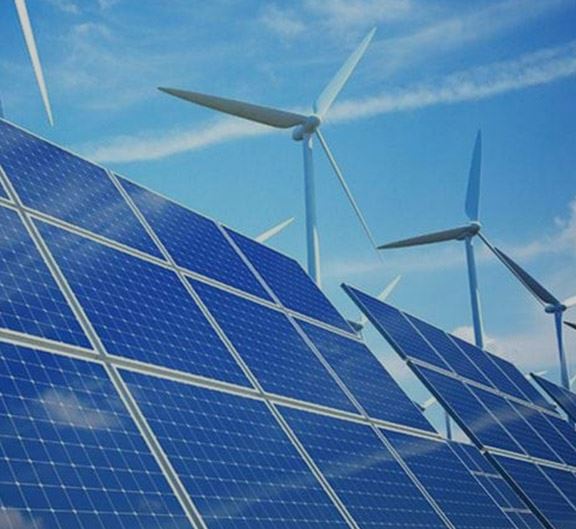
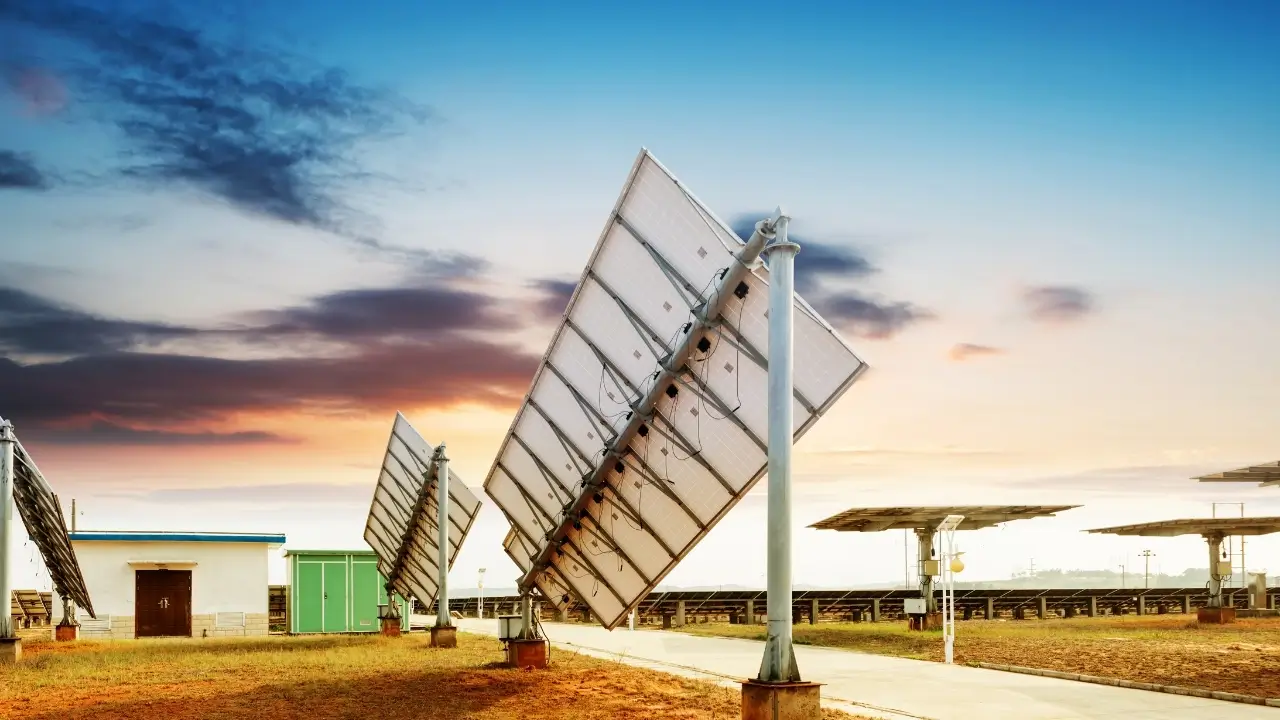
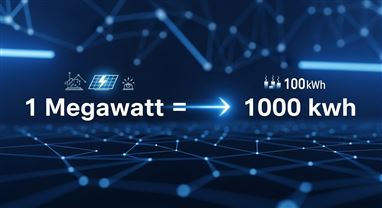
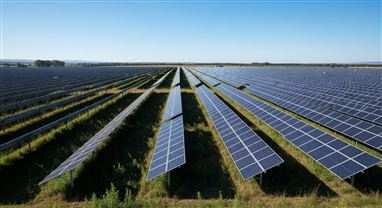
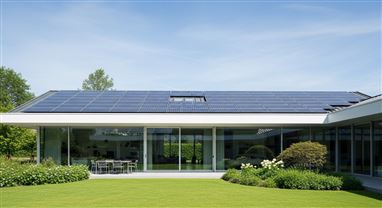
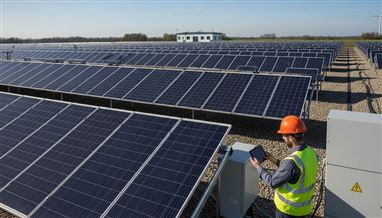
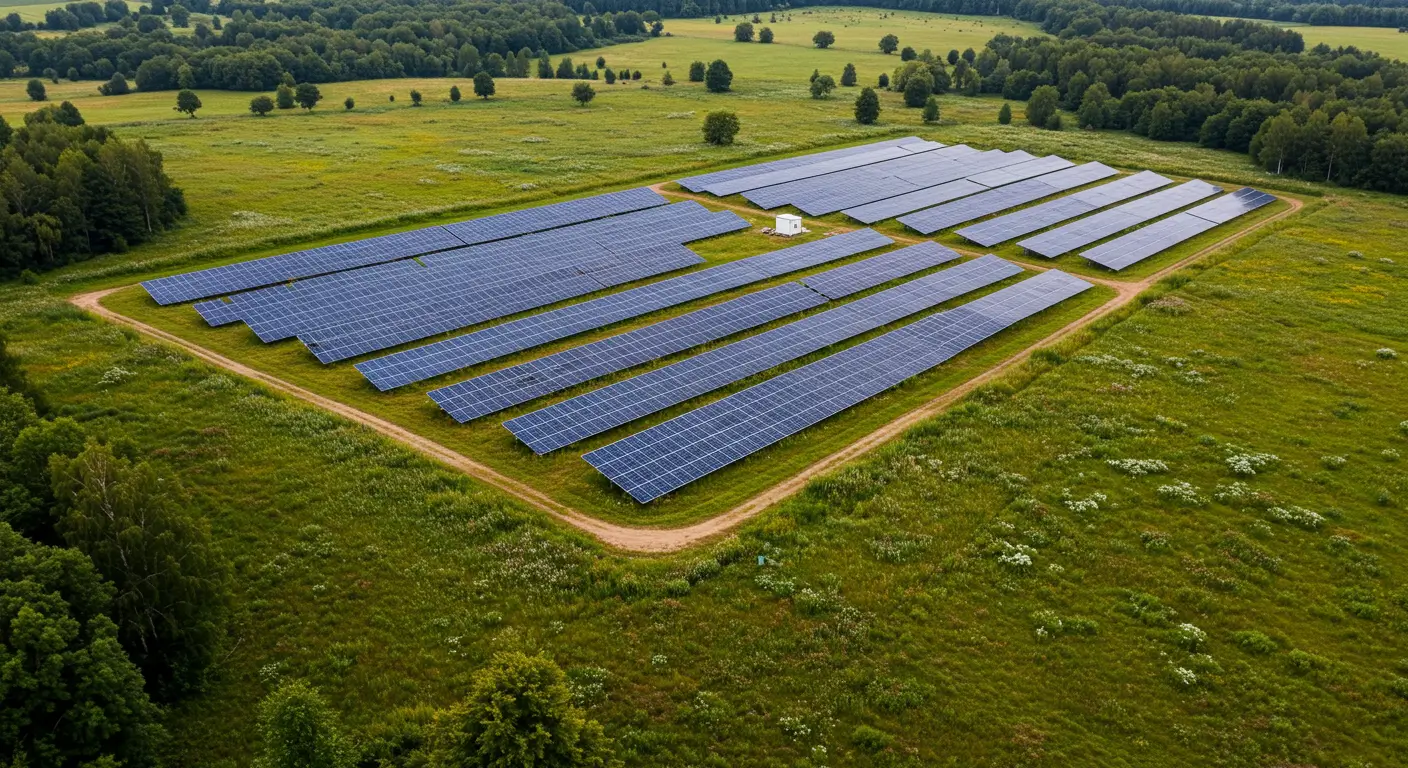
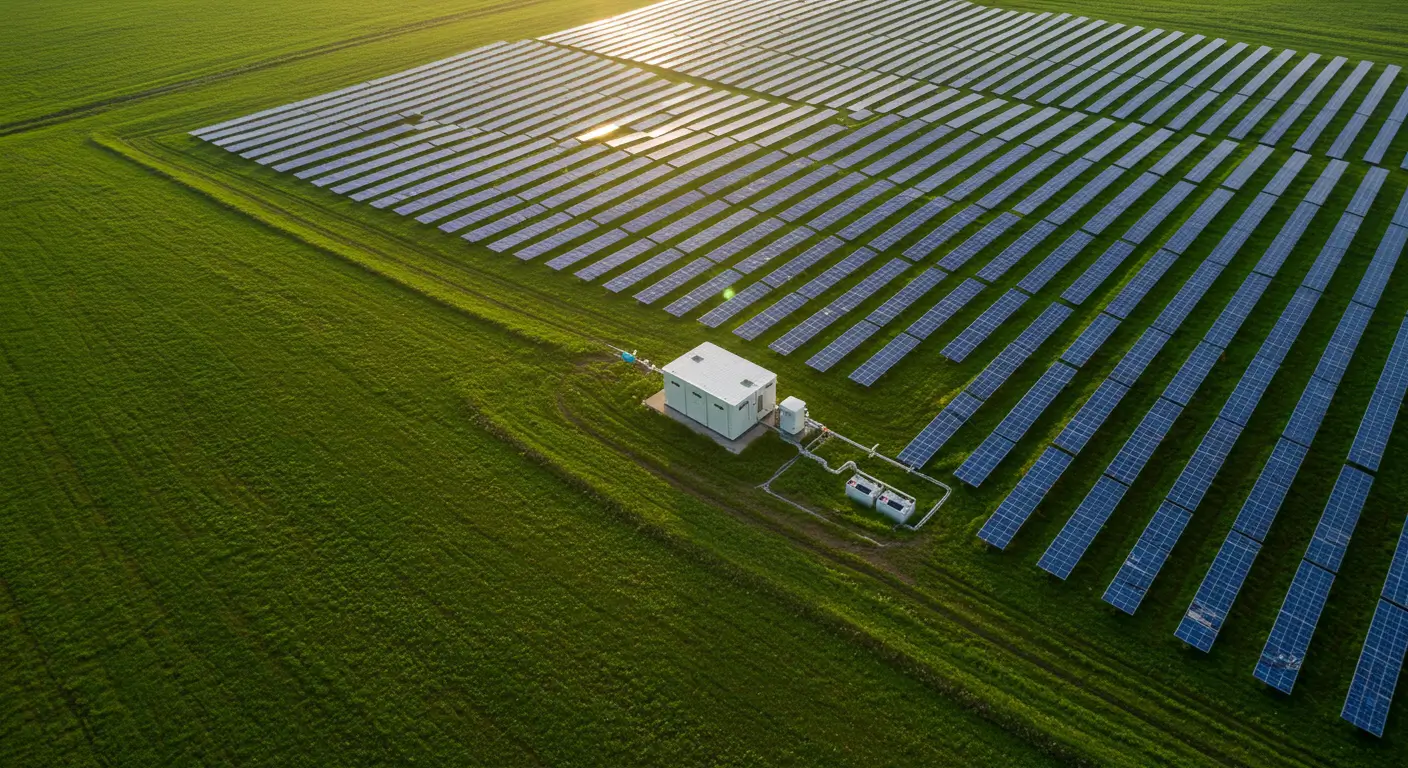

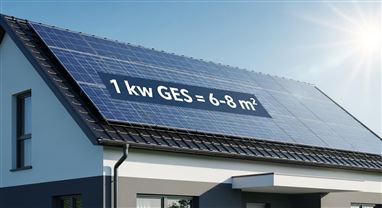
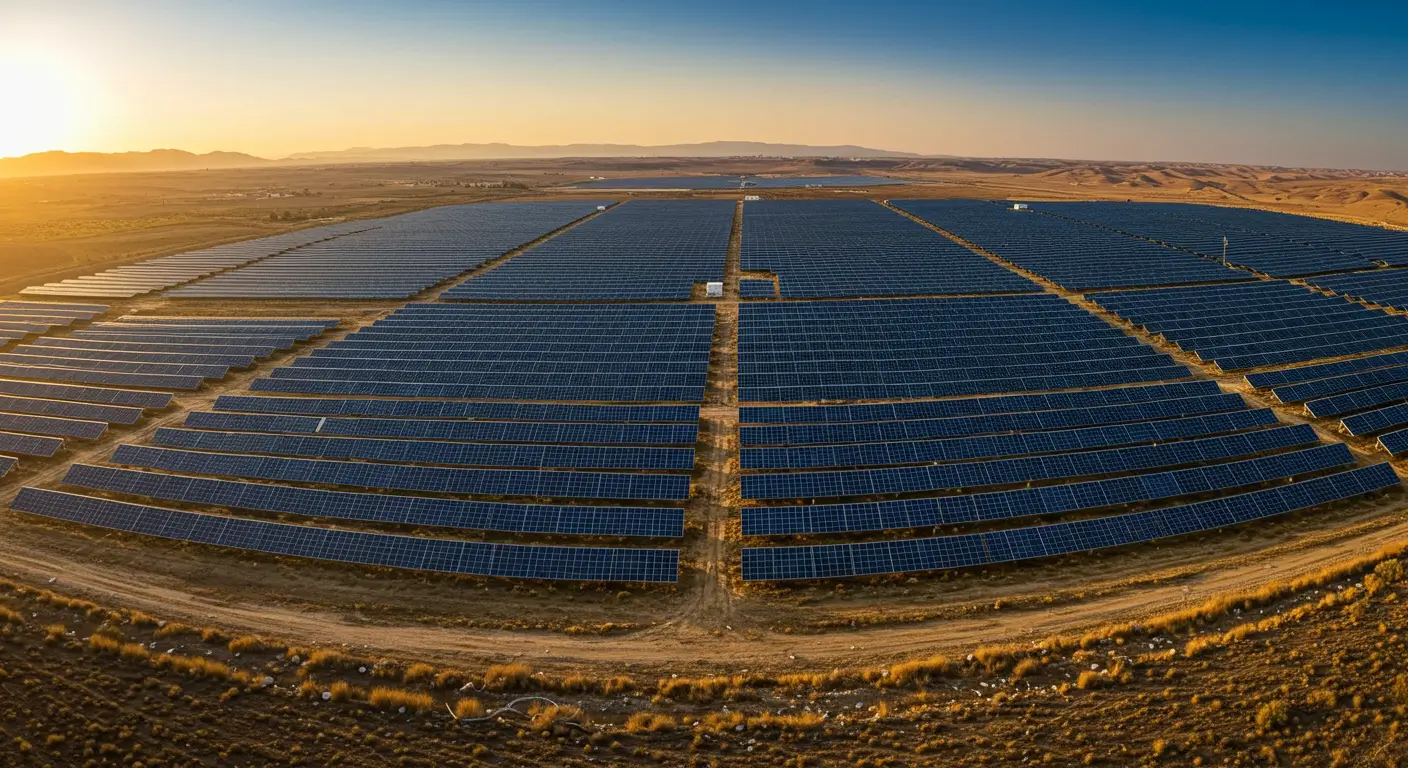
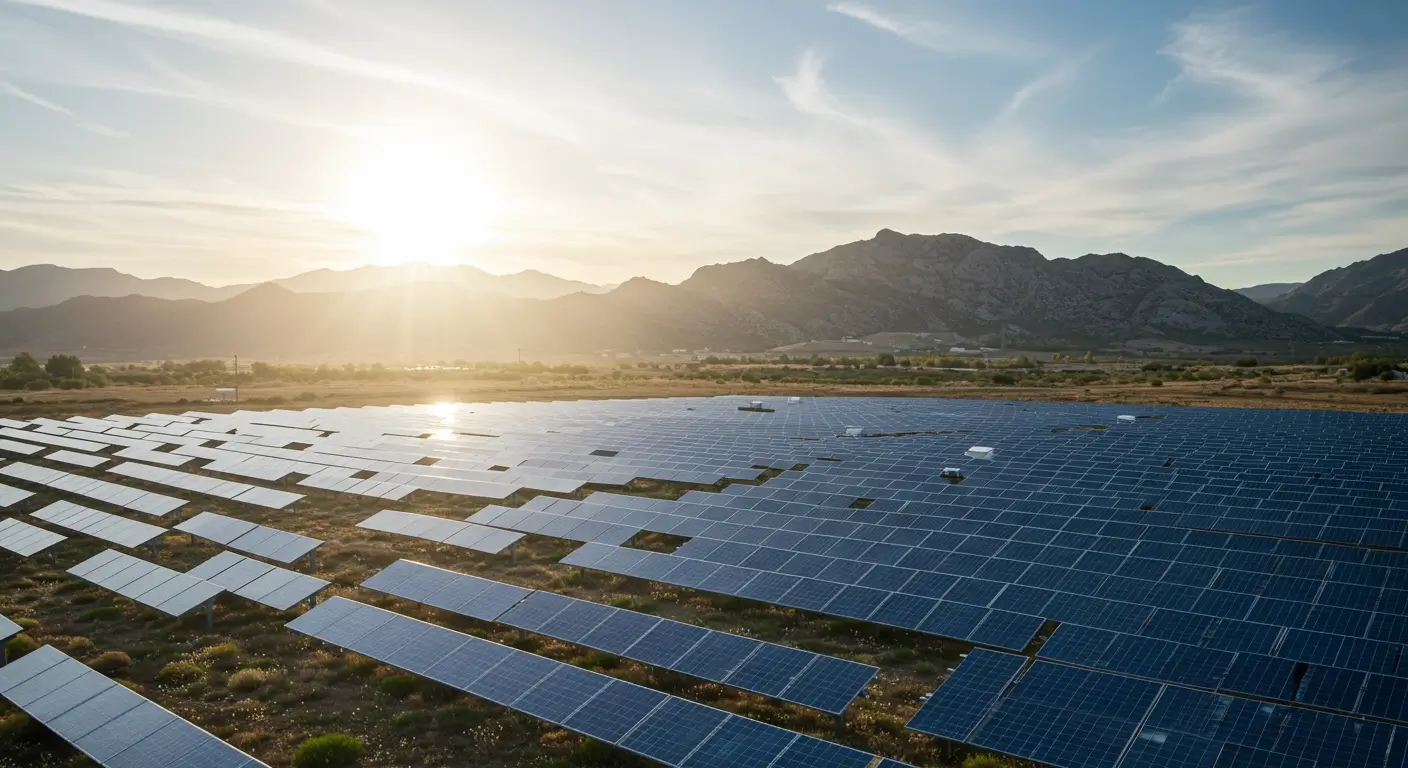
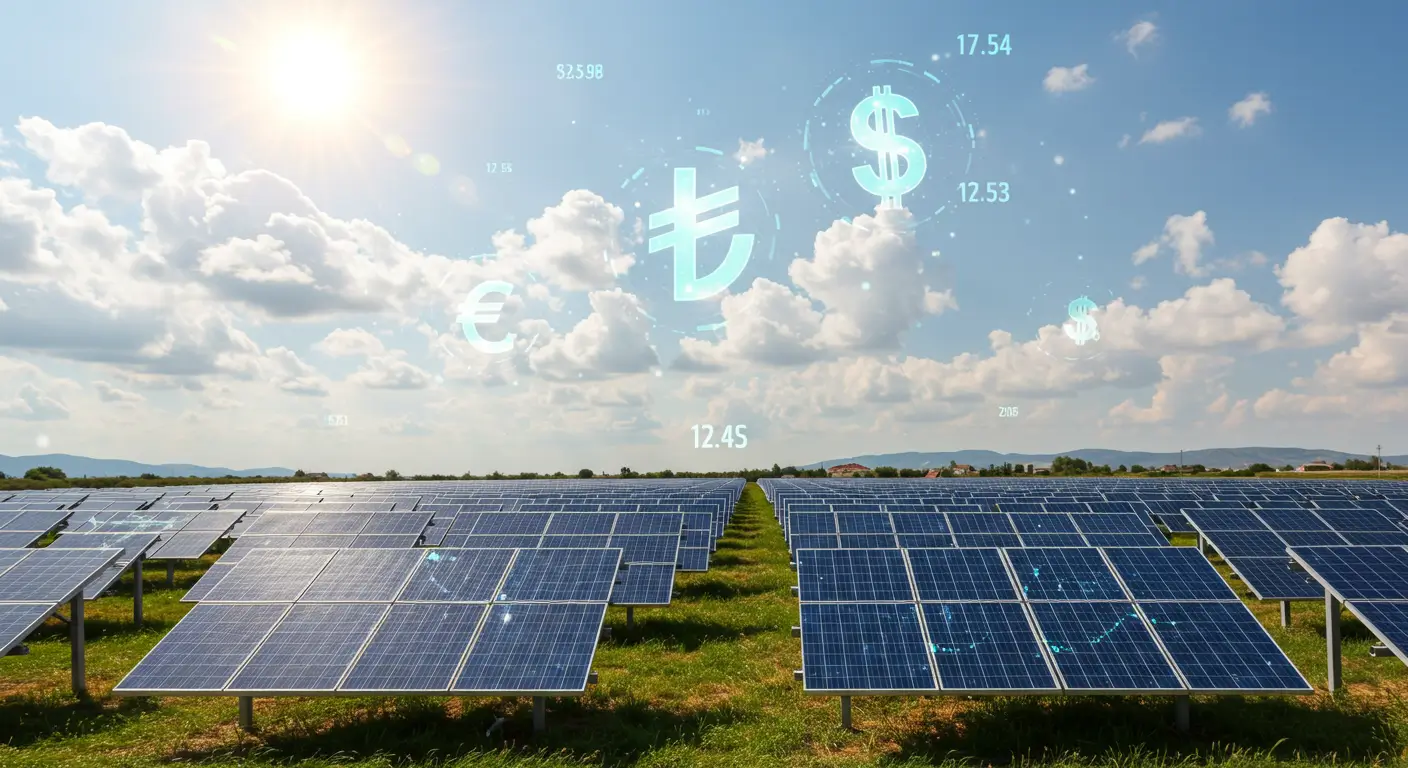

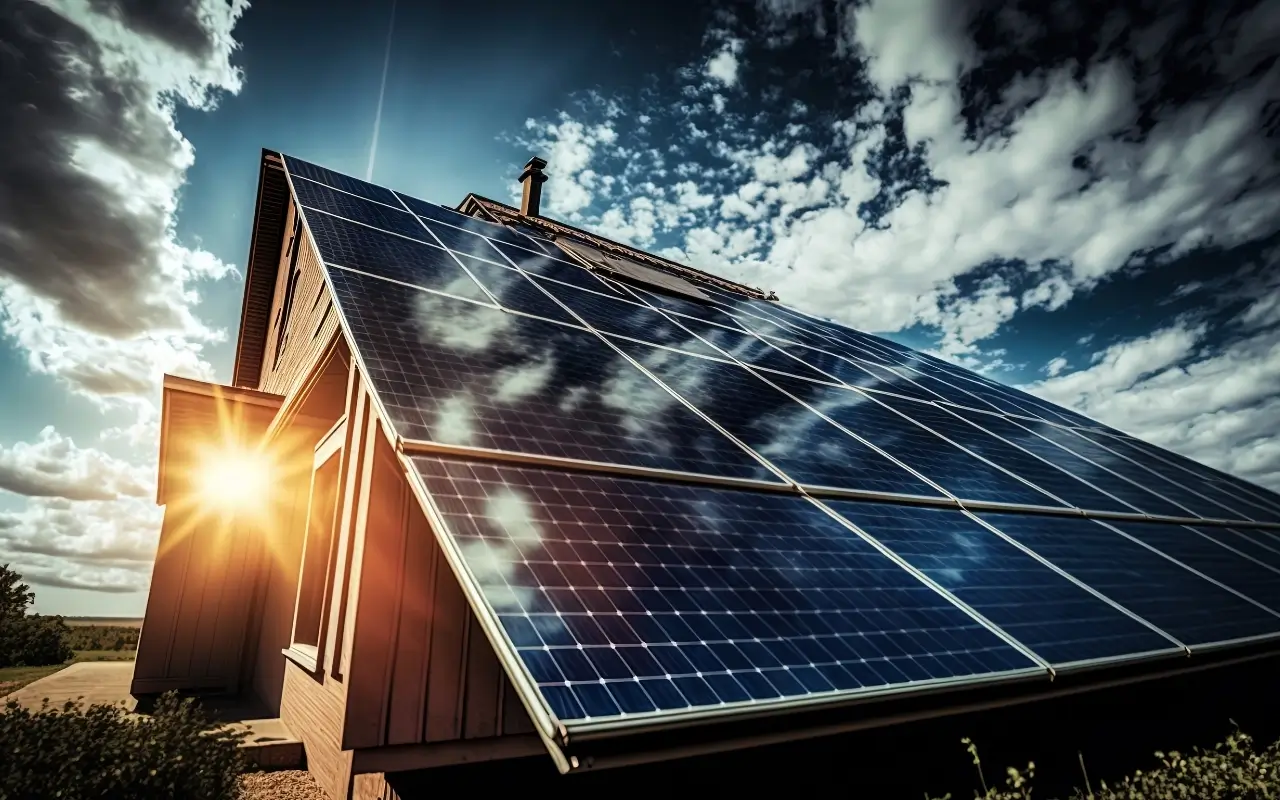
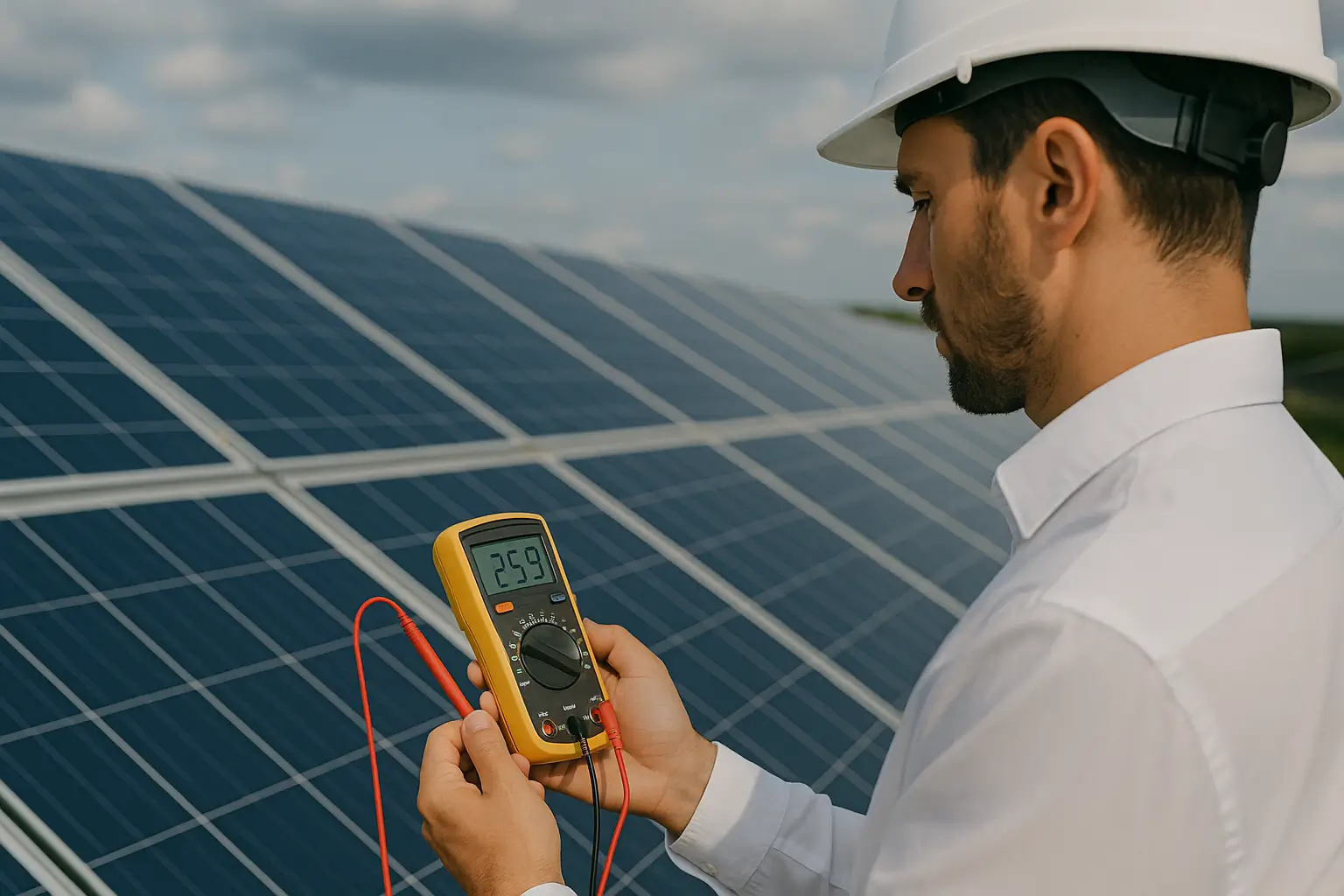
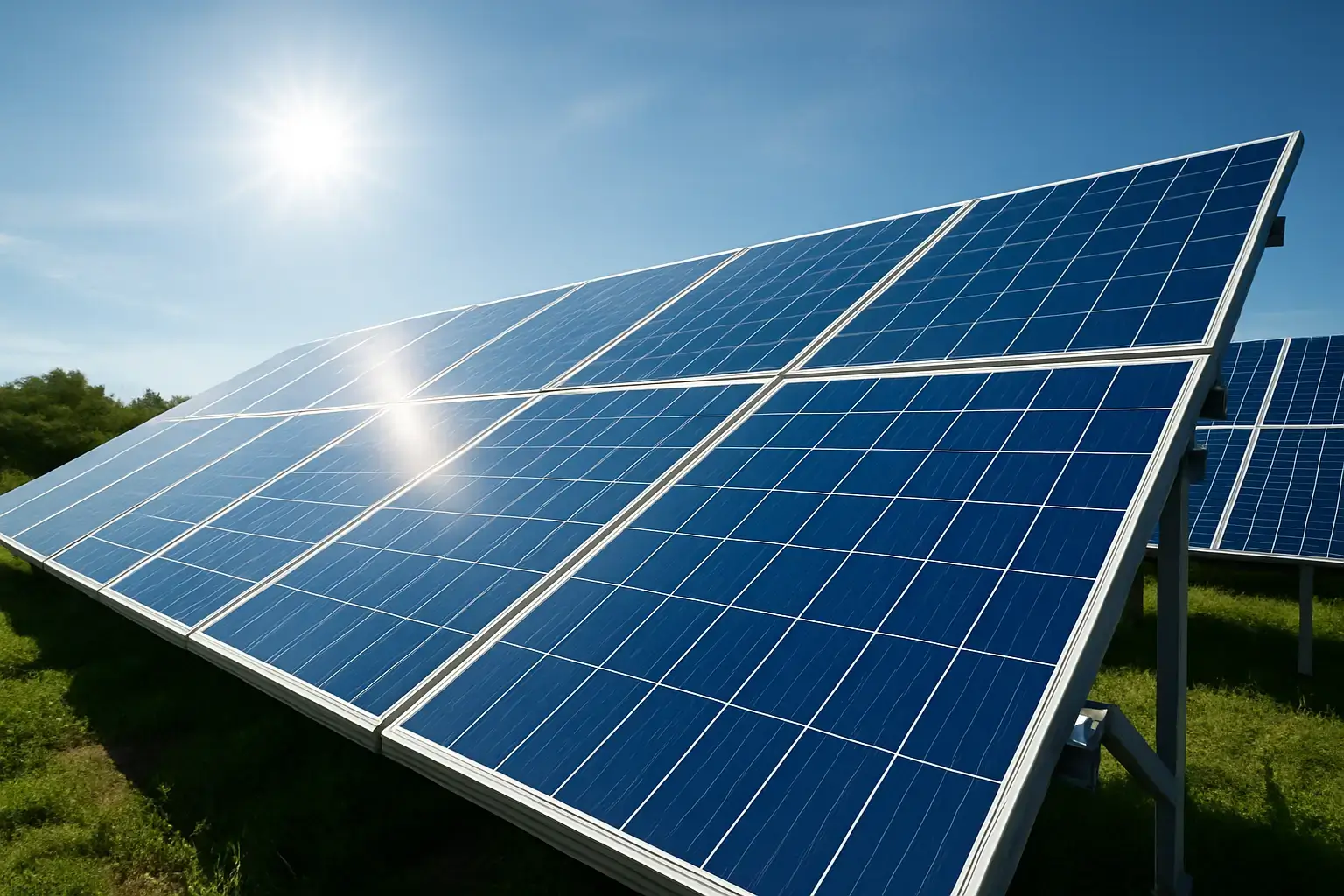
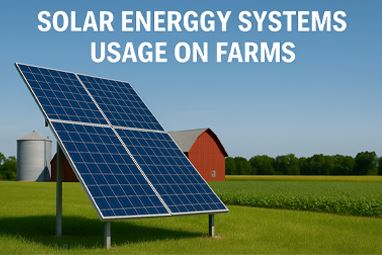
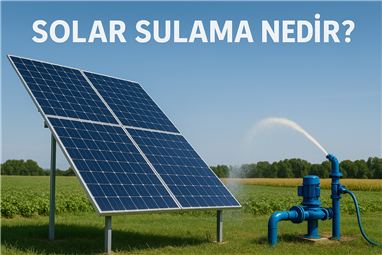
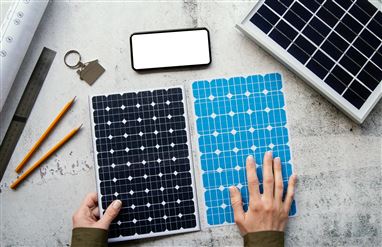
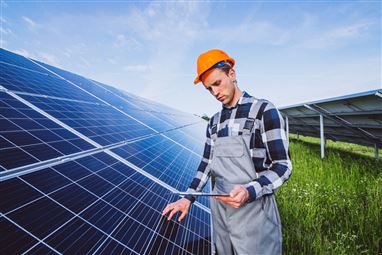
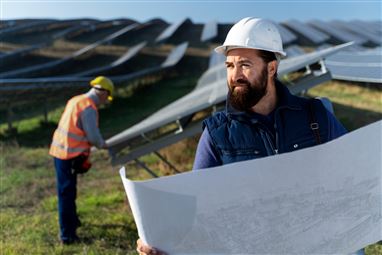
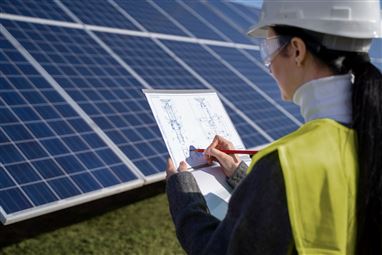
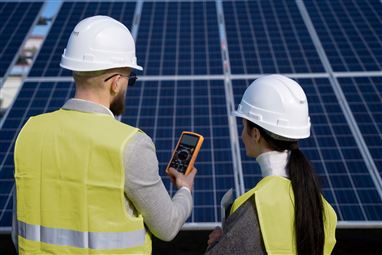
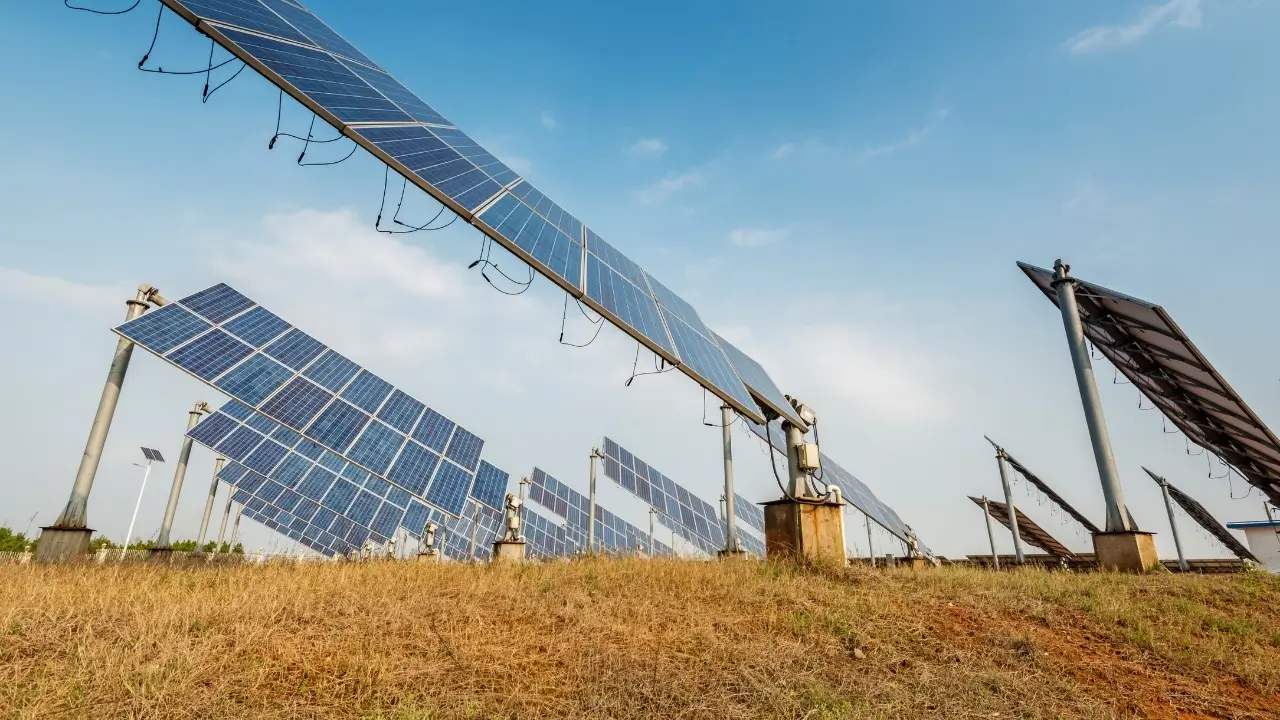
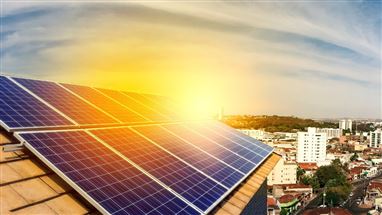
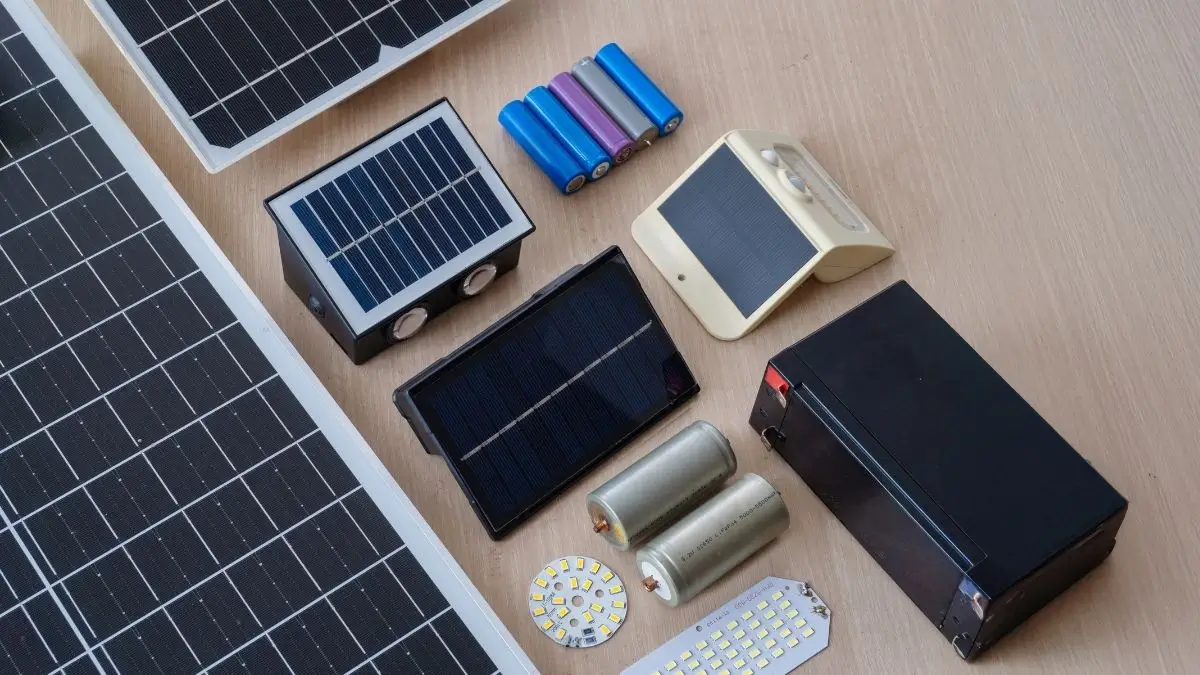
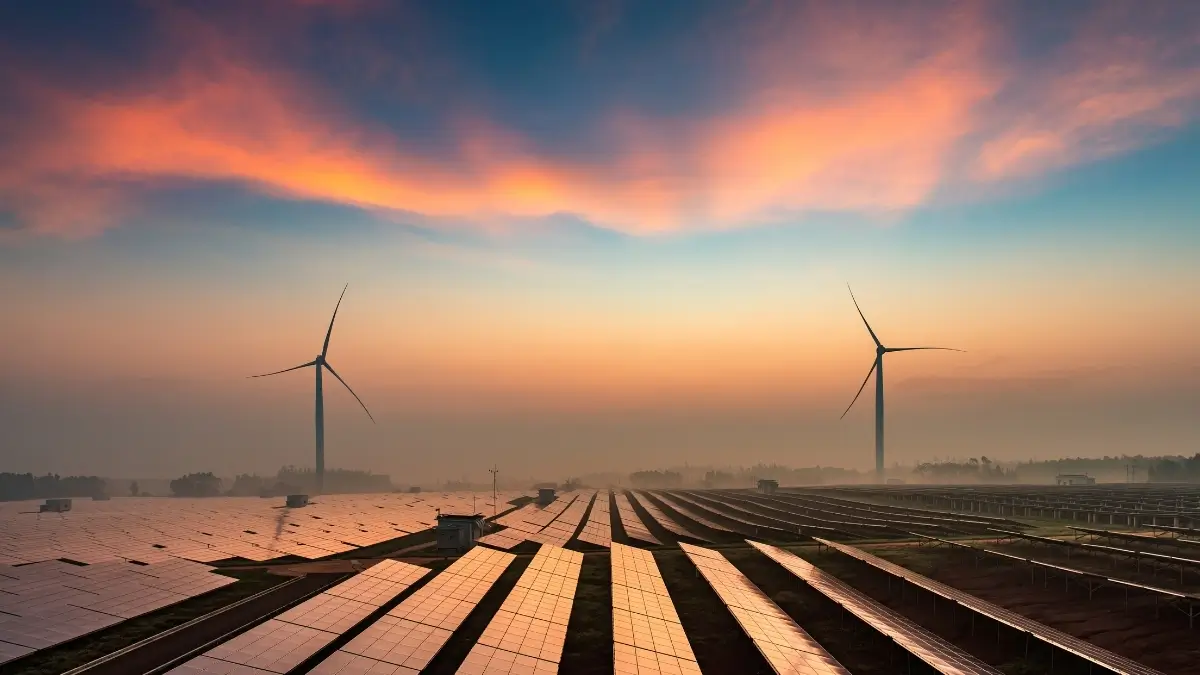
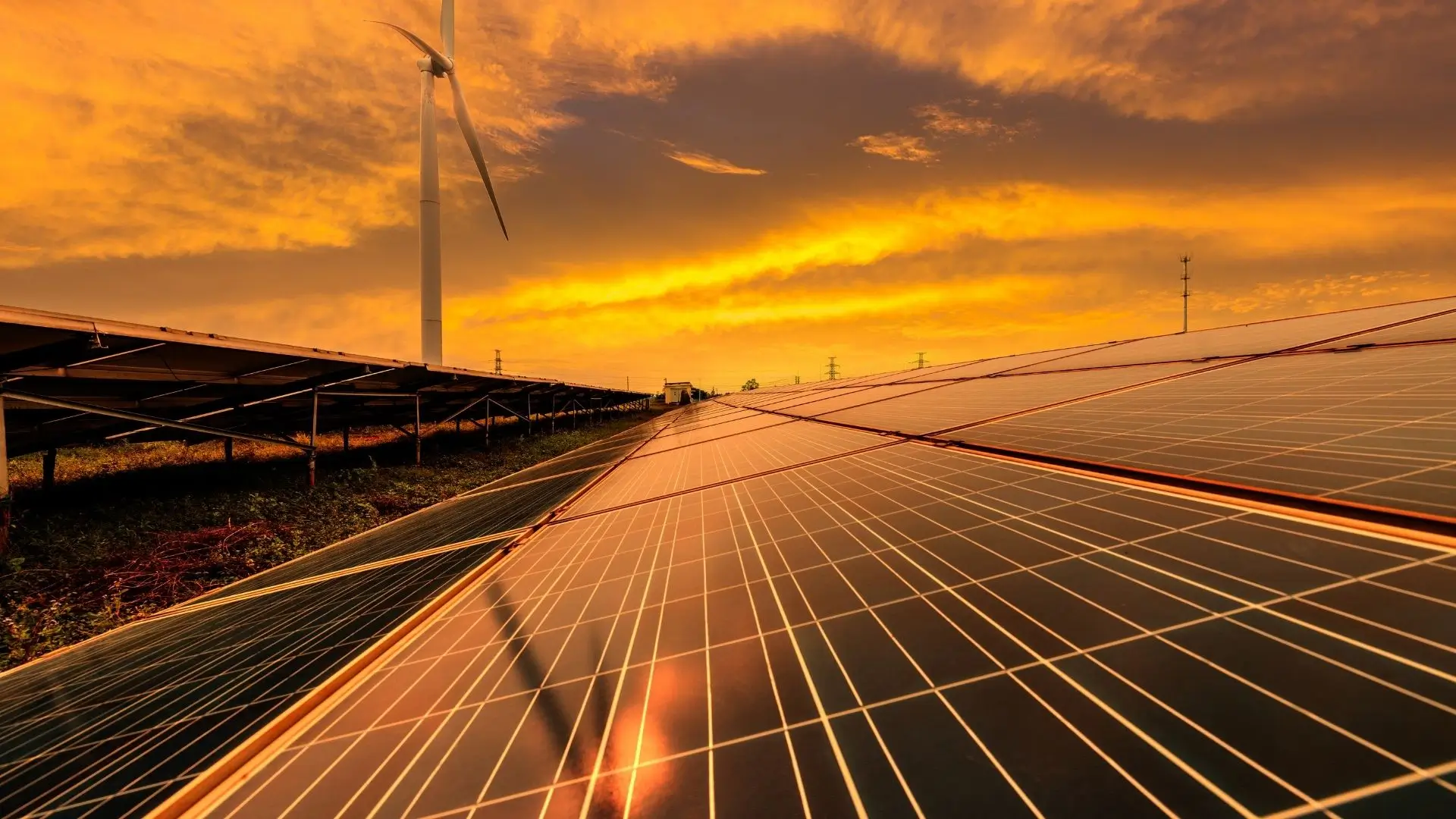
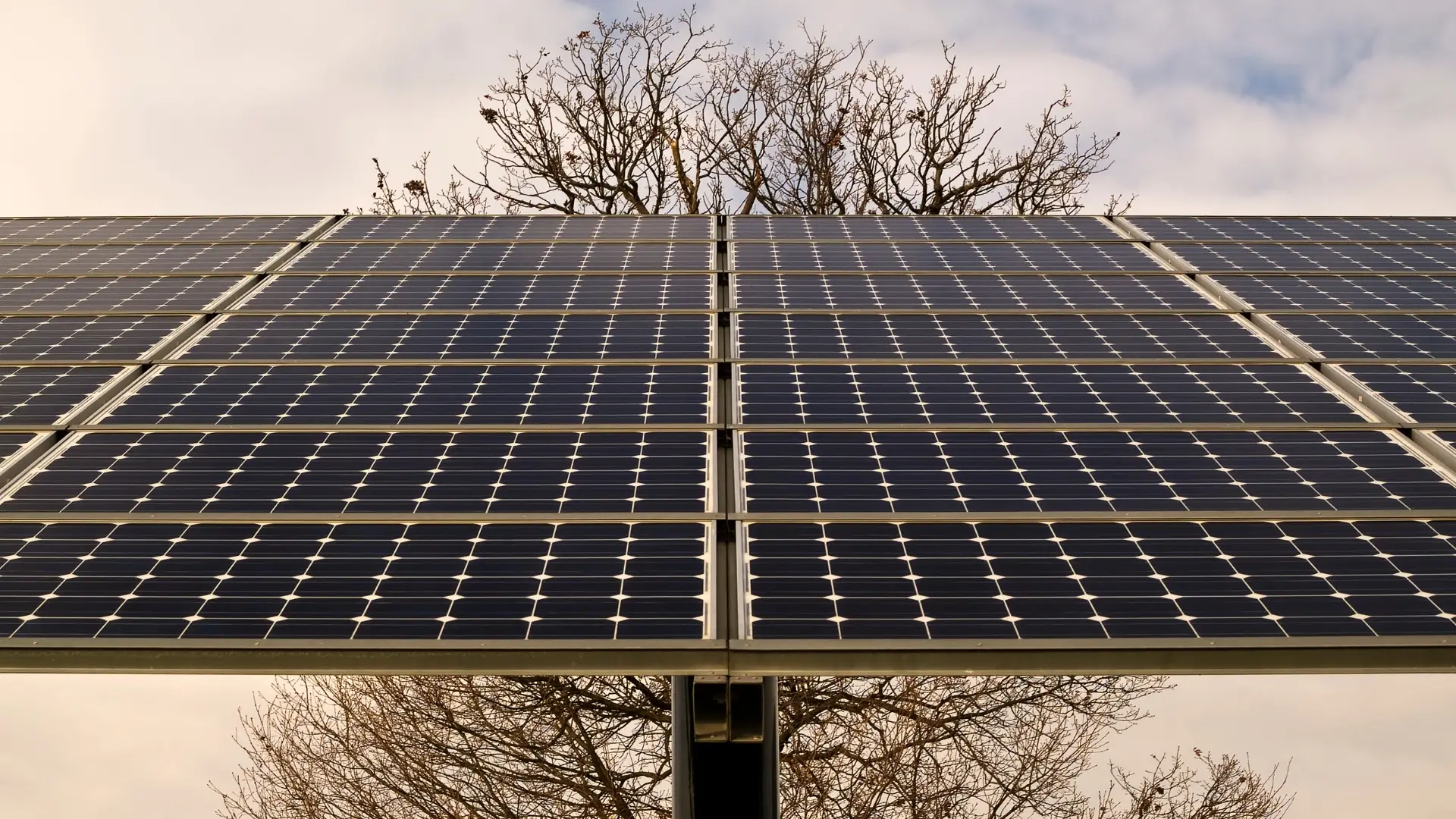
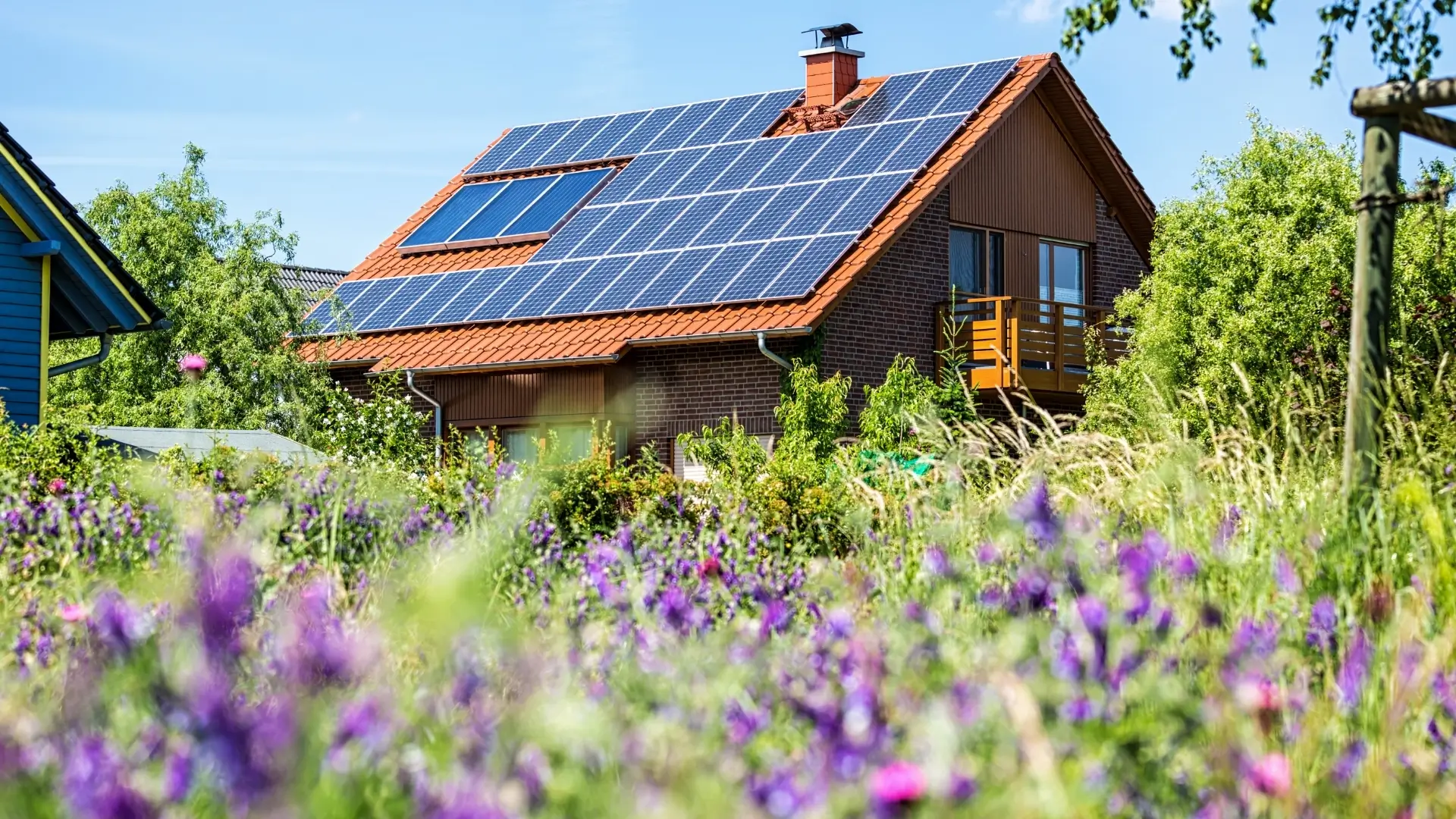
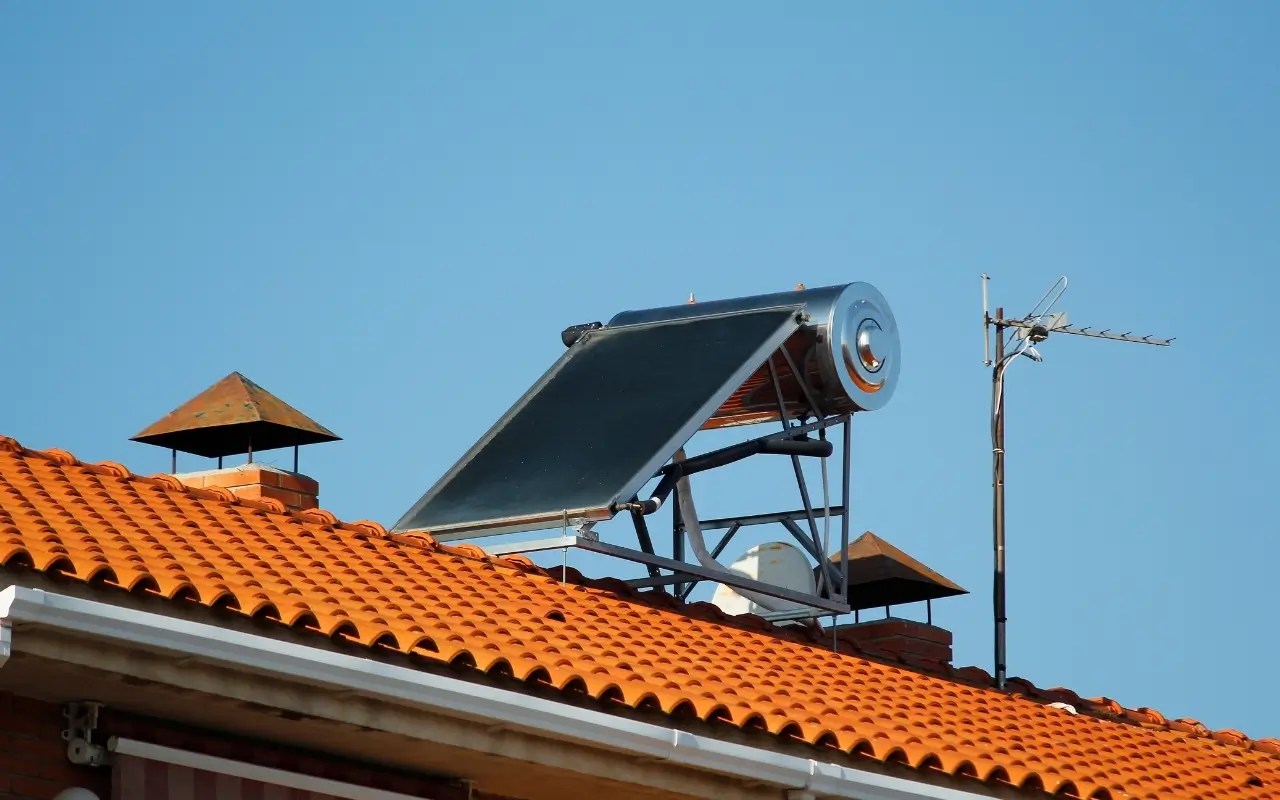
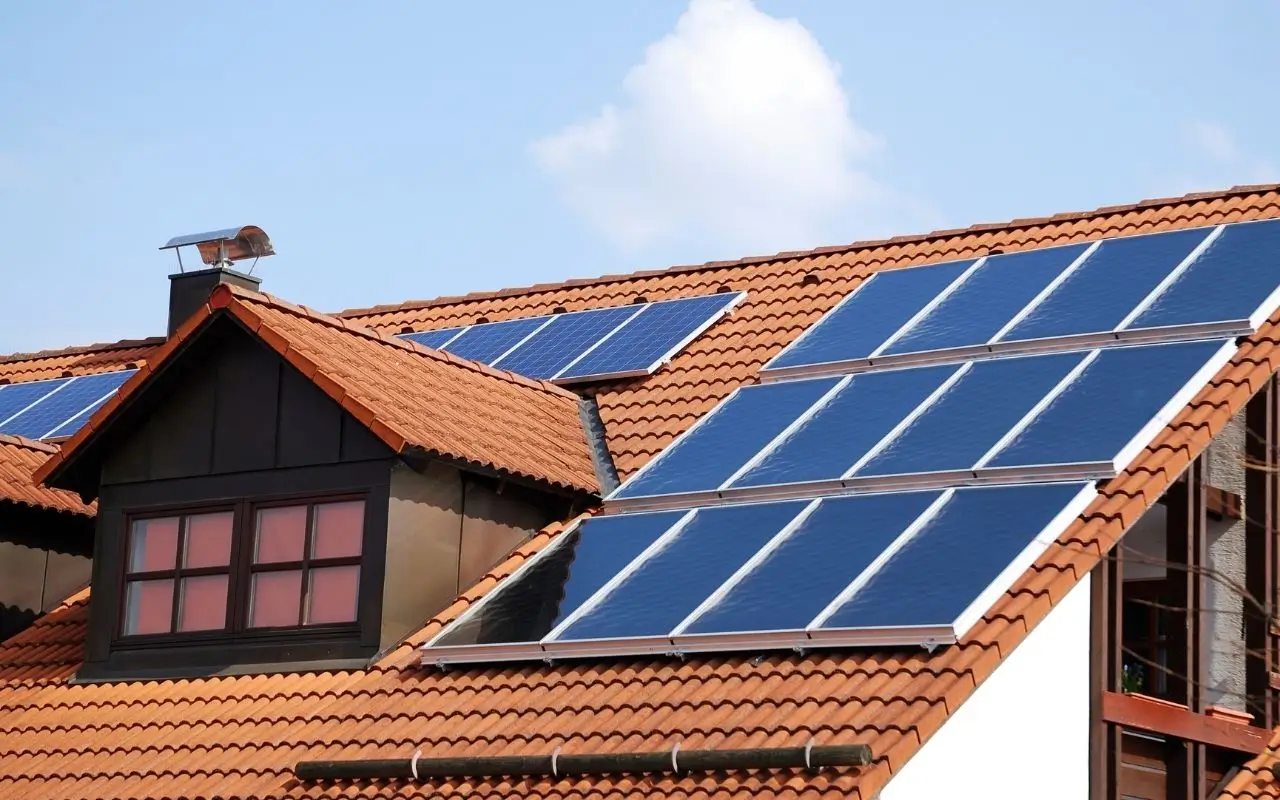
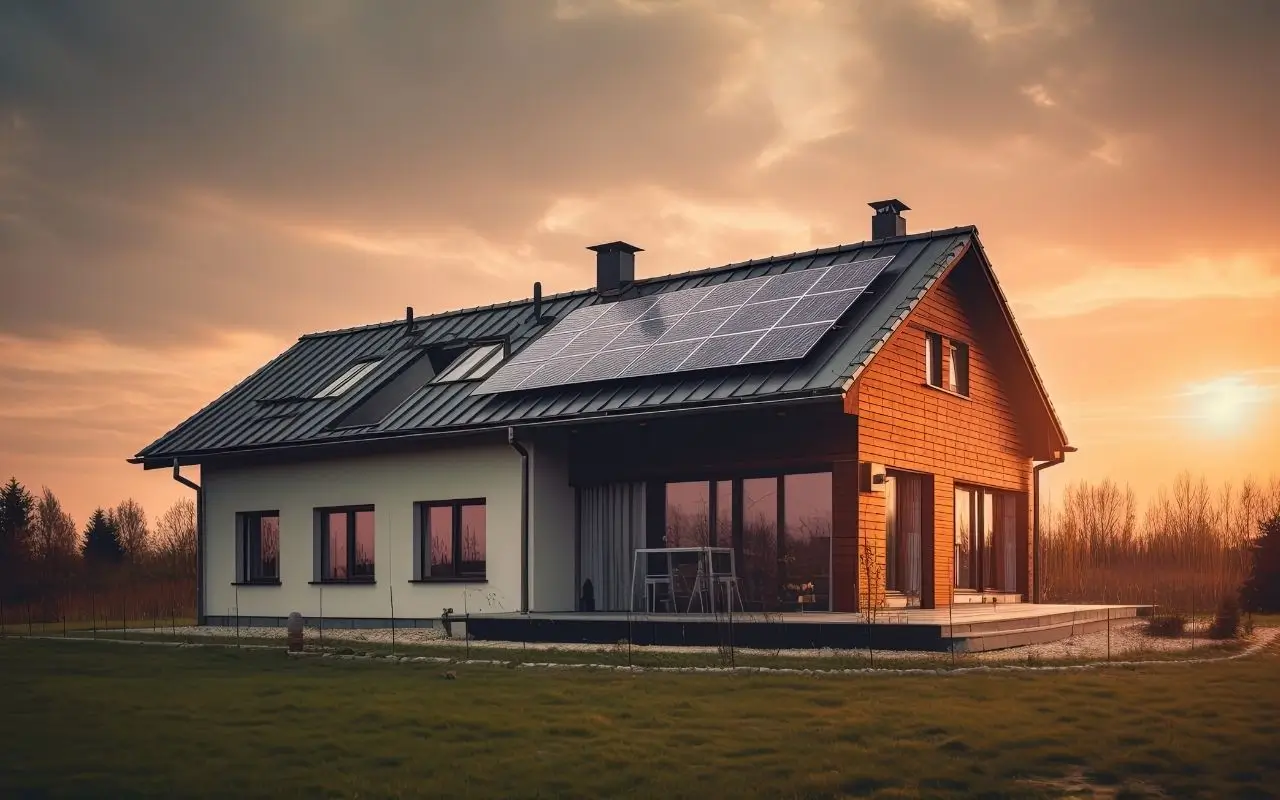
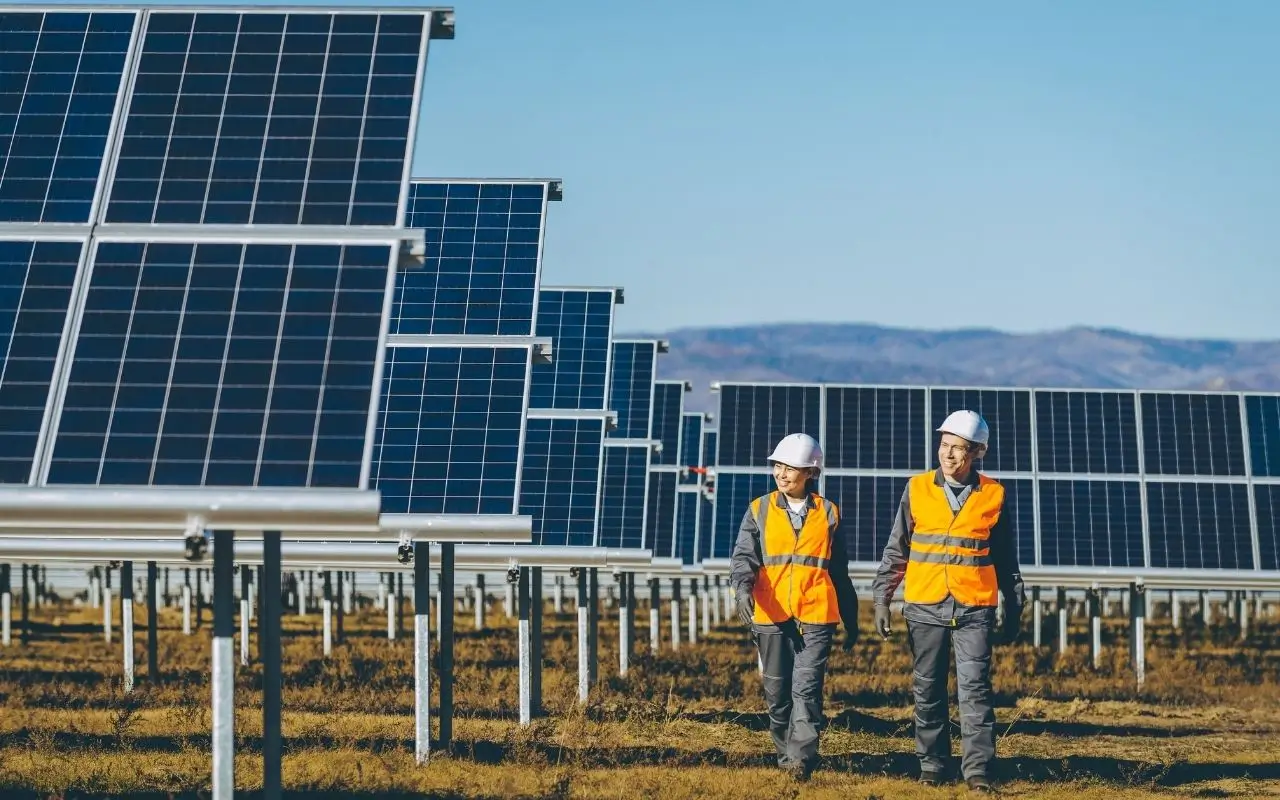
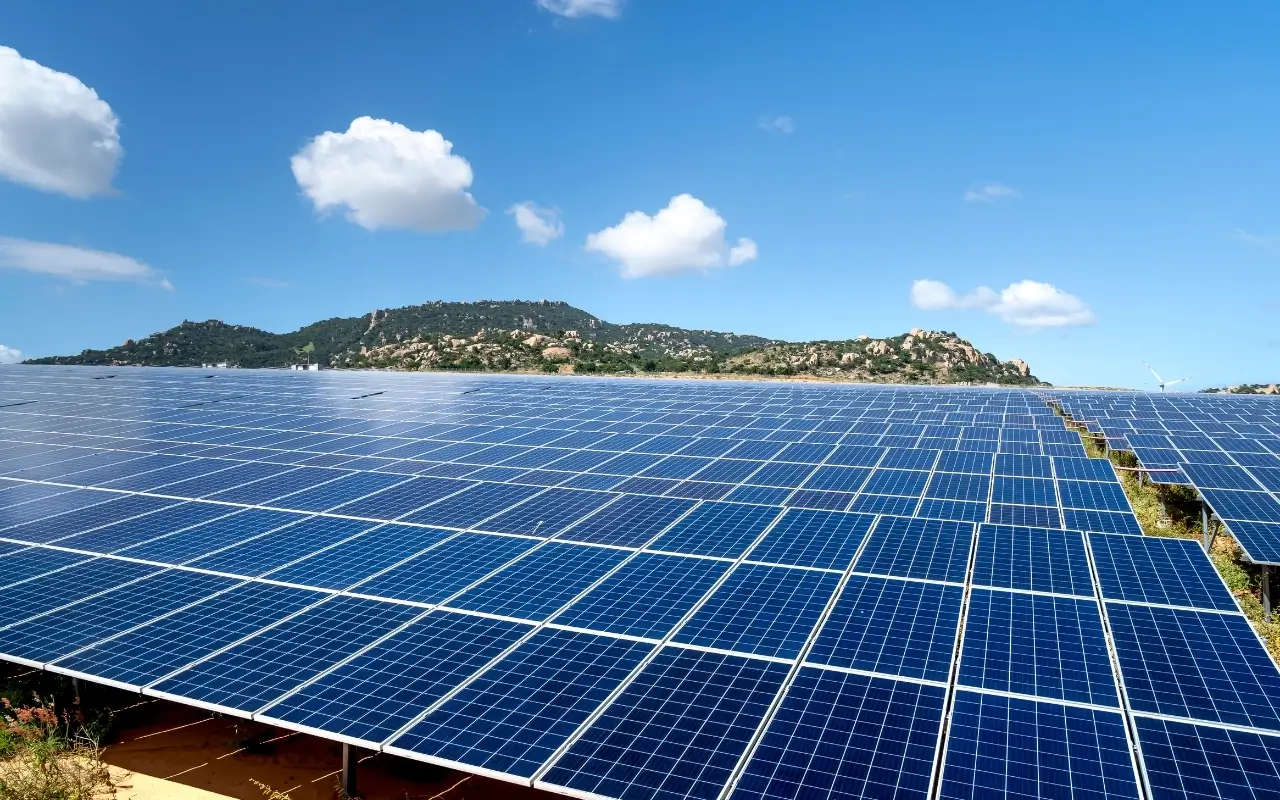
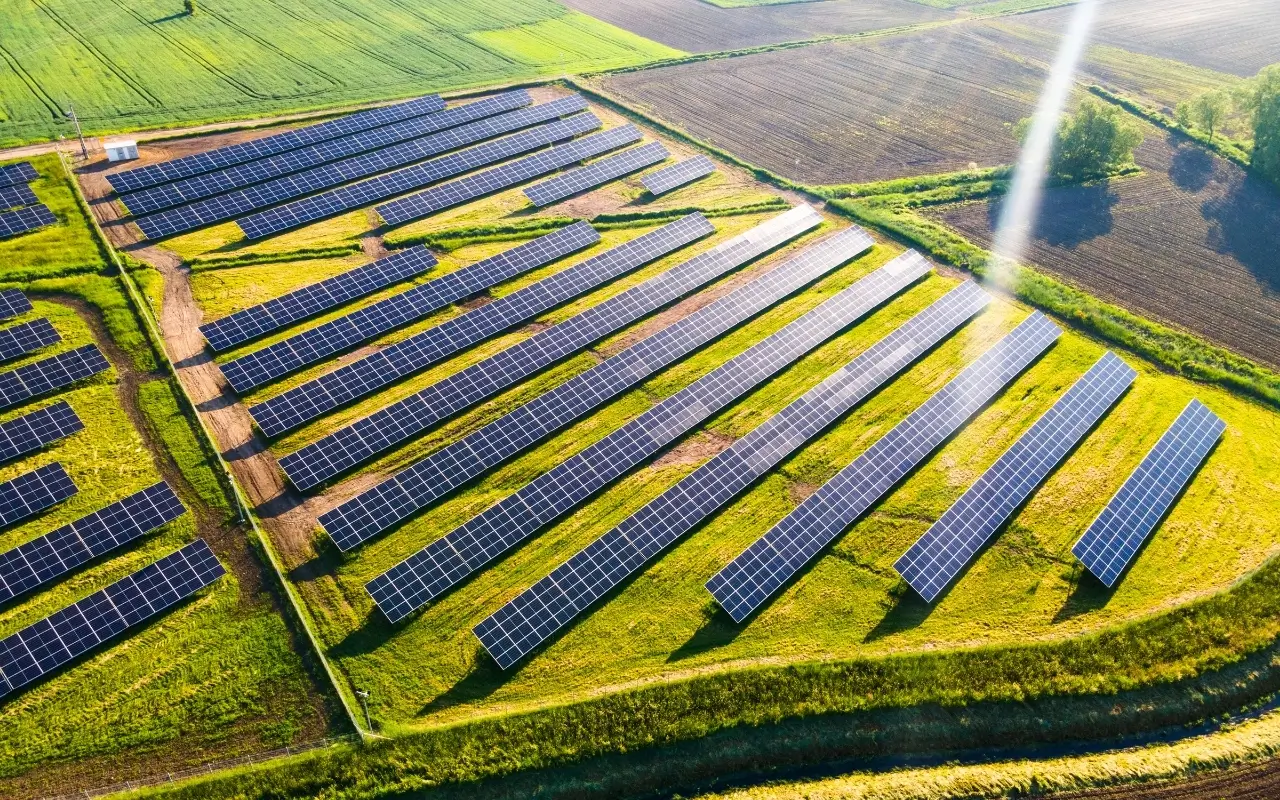
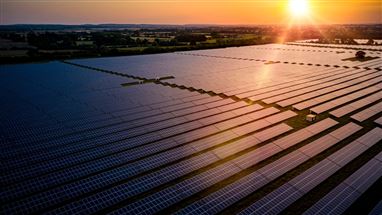
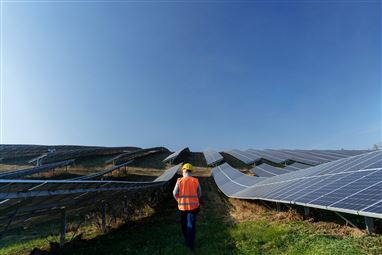
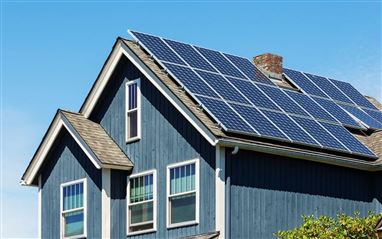

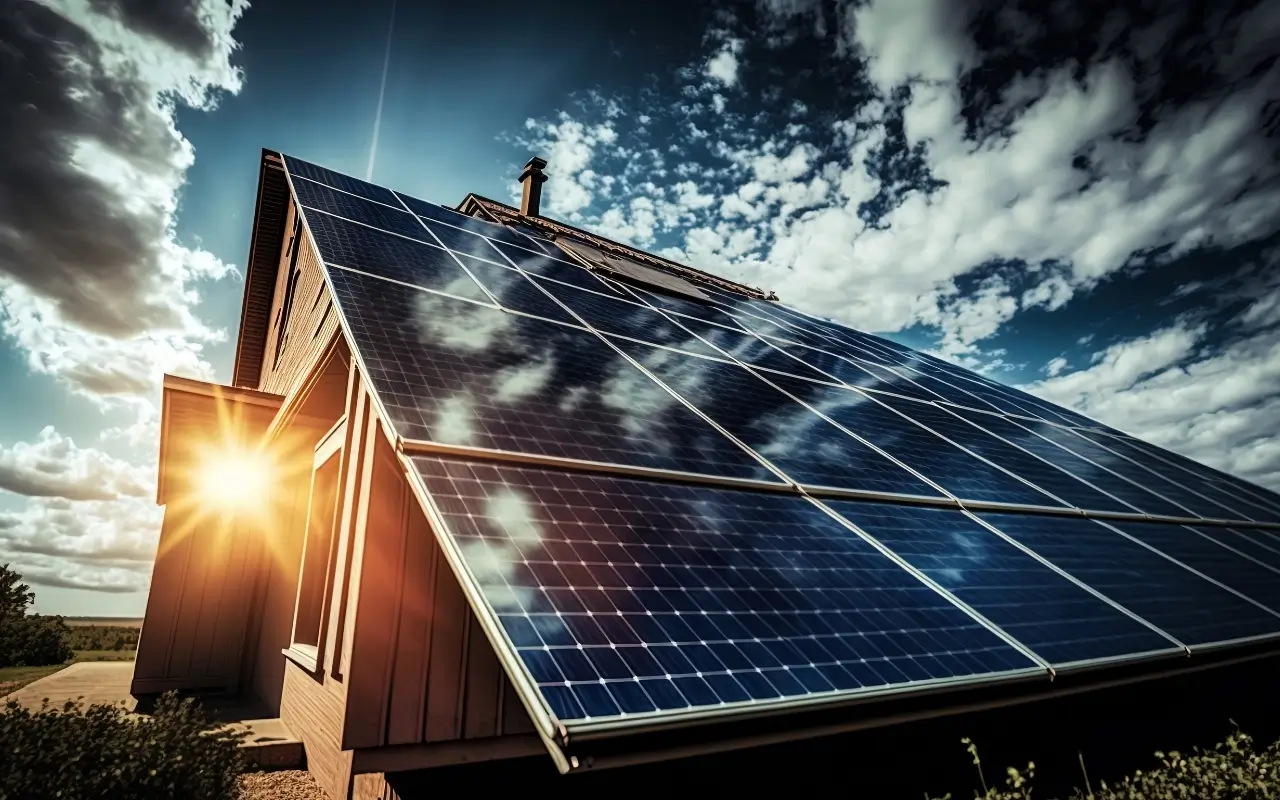
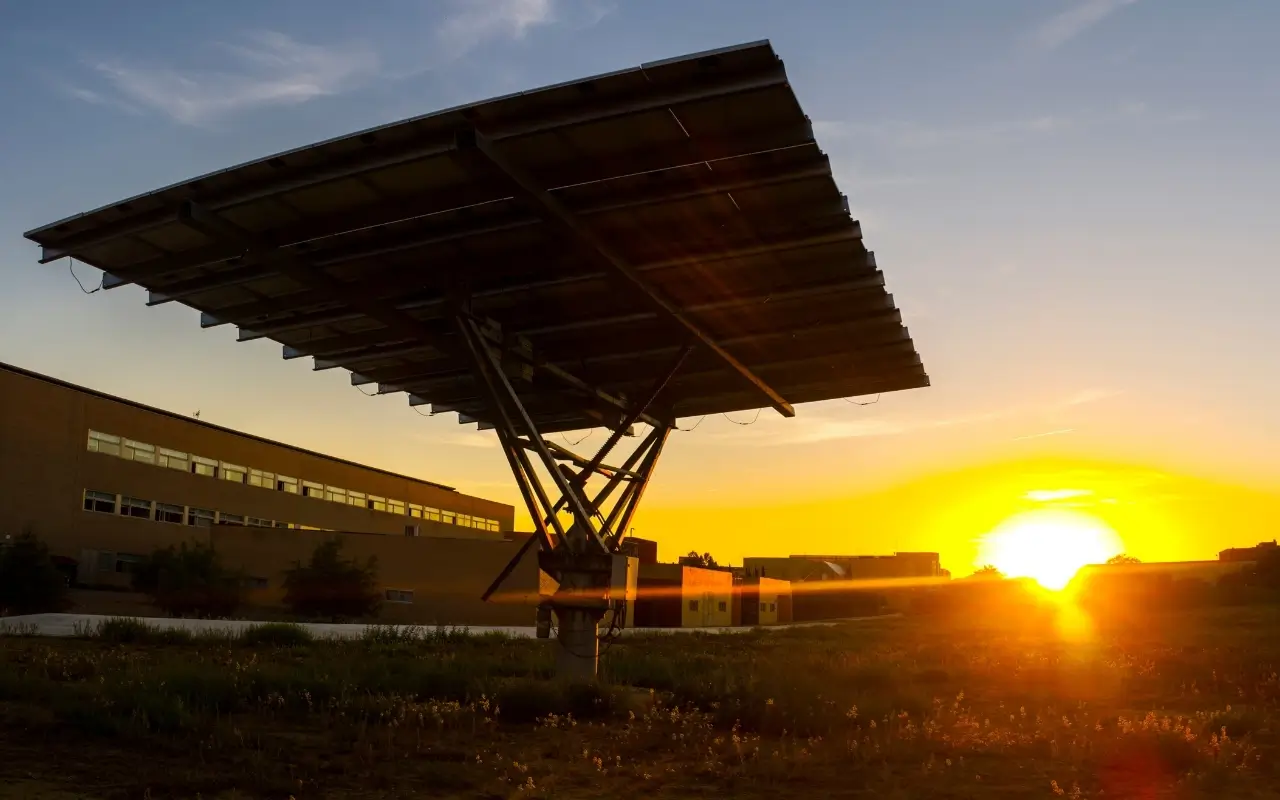
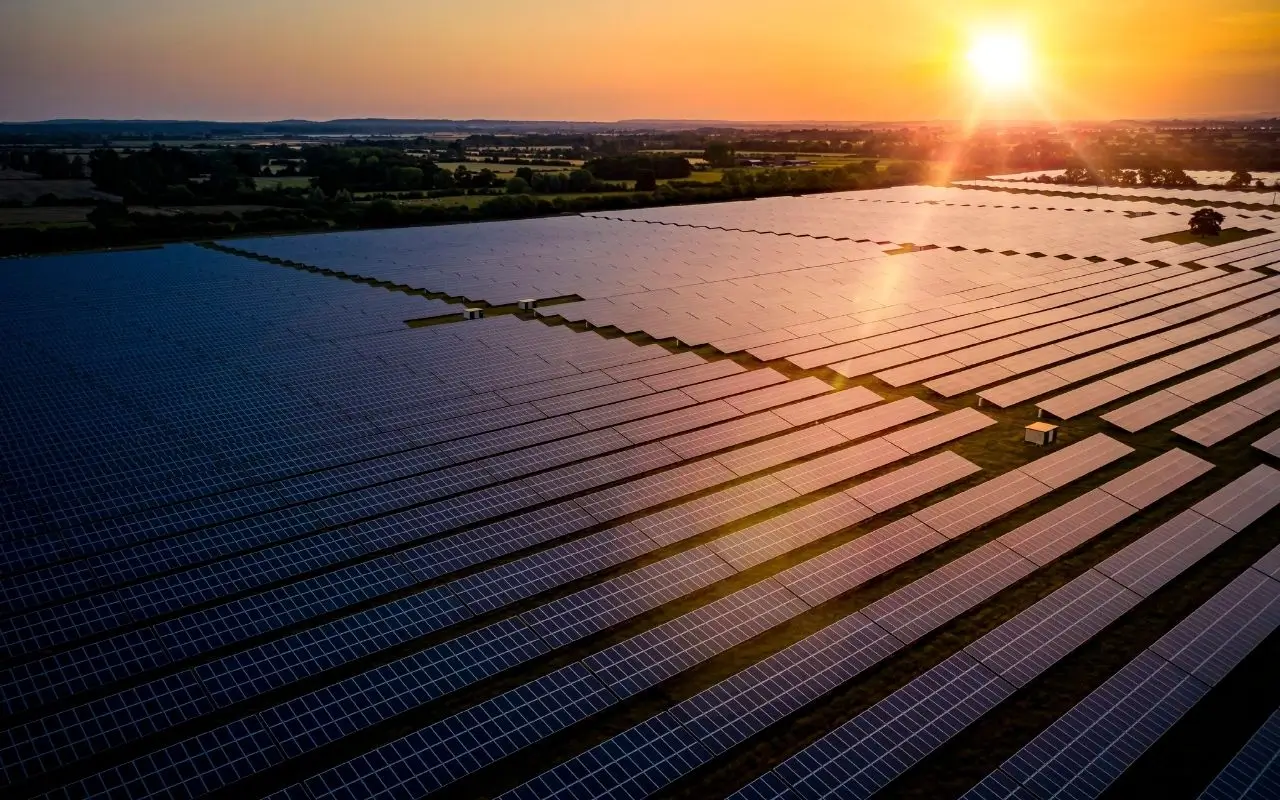
Do Comment